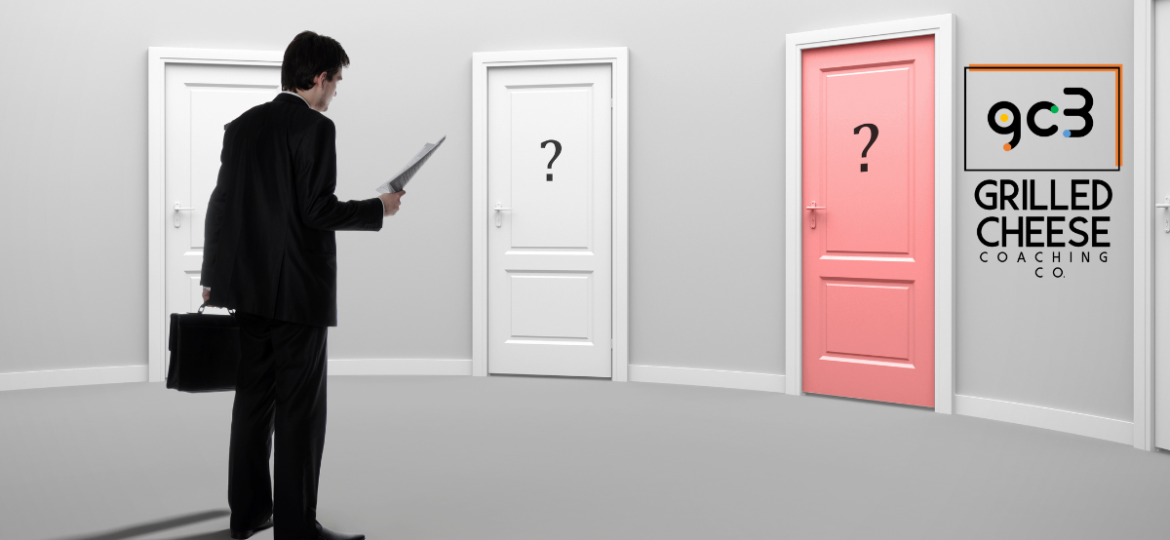
“You’ll see I wear only gray or blue suits, I’m trying to pare down decisions. I don’t want to make decisions about what I’m eating or wearing. Because I have too many other decisions to make.” ~ Barack Obama
There’s currently about 2.5 quintillion bytes of data created every day around the world, and the exponential rate of the data explosion is so rapid that 90% of the data in the world was created within the last two years. If you stored all of that information on a set of DVDs, you could create 23 stacks, each of which would reach the moon.
With such a wealth of information at our fingertips, you’d expect us to be making better, data-driven, decisions today than we have ever made. And yet, anyone who has lived through the last few years would almost certainly disagree with that assertion. So, what’s going wrong?
It’s estimated that the average adult makes around 35,000 decisions every day. Most of them will of course be unconscious, habitual and somewhat inconsequential. But not all decisions are equal, and those adults that find themselves in a professional context will be required to make decisions that will have potentially significant long-term consequences. Whether that’s who to hire, what features to prioritize in the upcoming release, or how to structure the demo to an important customer, the decisions here matter.
The convergence of near ubiquitous access to data, combined with the abundance of decisions we’re required to make day-in-day-out, can lead to a situation called ‘Analysis Paralysis’ – a feeling that you never have enough data to make a decision driven by either the fear of making the wrong decision or not making the ‘perfect’ decision, which leads to a break down in the decision-making process. This risk has never been more prevalent today as it becomes easy to convince yourself that more data will lead to a better decision, so you keep going back to draw from the infinite data-well, over and over and over again.
If you find yourself getting stuck in this way – which so many of us do – here are some practical tips to consider:
- Define boundaries and set deadliness in advance – innovation loves constraints, and so do decisions!
- Learn as you go – the first step is often the hardest, so use the agile principles of incremental steps and continuous improvement to start fast, and learn the way on the way
- Avoid decision fatigue – if you know you’ve got a big decision to make today, make it early; don’t make it just before or after lunch; and, reduce, avoid or defer a few of those other 34,999 less critical decisions (for example, choose your outfit the night before, pre-book the restaurant, etc)
- Trust your instincts – as we become increasingly reliant on data and analysis in our everyday lives (when was the last time you planned your own route for a road trip?), we are losing confidence in the innate decision-making ability that has served humanity for millennia.
- Don’t assume you have to have all the answers – Managers, especially, feel this pressure, but don’t forget to draw on the perspective of others, and delegate the decision if someone else is better equipped to make it.
Remember, there is no such thing as a perfect decision, and any decision is usually better than no decision. Having access to all the data in the world won’t change that.
This week’s inquiry…
What data rut are you stuck in?
Dive Deeper…
More often than not, we find ourselves immobilized with indecision- unable to choose between two or more alternatives, whether their impact on our lives is small or large. Mary Steffel is an assistant professor of marketing at Northeastern who specializes in decisions and decision delegation. In her talk, Mary describes the importance of delegating decisions to others and how we can overcome decision paralysis.
Learn about avoiding Analysis Paralysis from a ‘Decision Scientist!
In Decisive, Chip and Dan Heath, based on an exhaustive study of the decision-making literature, introduce a four-step process designed to counteract our decision-making biases. Written in an engaging style, Decisive takes readers on an unforgettable journey, from a rock star’s ingenious decision-making trick to a CEO’s disastrous acquisition, to a single question that can often resolve thorny personal decisions.


